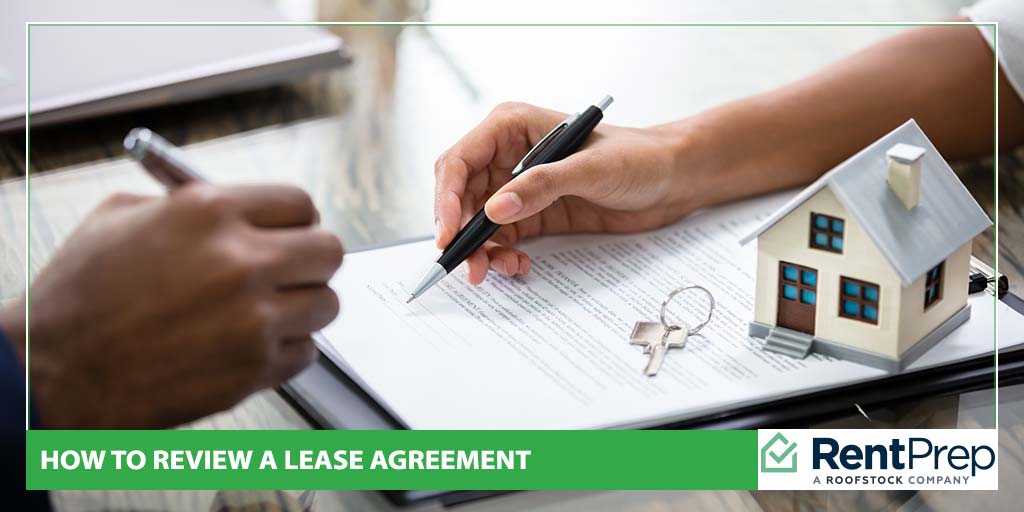
As a landlord or tenant, it’s important to understand how to review a lease agreement.
The lease will be the contract that all future communications and situations will be referenced against.
The lease review is one of the most important business meetings you will have with that tenant, and there are right ways and wrong ways to conduct it.
Take advantage of this valuable time with your future tenant and use these 7 tips for reviewing your lease agreement.
- Choose the right location. Make sure that you and the tenant can meet in a quiet, low-stress location that is convenient for both of you. Many landlords choose to meet at the rental property to go over the lease and then do the move-in inspection at the same time. However, a coffee shop, home office, or even the local library can also be good locations.
- Allow for plenty of time. The worst thing you can do is to rush this meeting because there will be so much for you to discuss. Set aside at least an hour so that you aren’t rushed and there’s enough time for the tenant to ask questions.
- Dress professionally. This doesn’t mean wearing a suit necessarily, but it does mean showing up in something more than your old jeans and favorite T-shirt from when you last painted the rental property. A professional appearance is perfect for establishing the atmosphere of the meeting.
- Bring all the paperwork. Make sure you have all the lease agreement paperwork and addendums you need. It’s also wise to bring a copy so the tenant can have something to reference. You should give the tenant a copy of the signed lease agreement, but in the meantime, a basic copy will bridge the time it takes for you to do so
- Go over the lease together. Page by page, clause by clause, and addendum by addendum, you should go over every word of the lease agreement with the tenant. It’s a perfect opportunity to talk about expectations, restrictions, and responsibilities that you and your tenant will have for each other. Don’t skip over any of the clauses because you think the tenant already knows the information.
- Take the time to listen. It’s easy for landlords to dominate the conversation when it comes to signing the lease agreement, but when you listen to what the tenant has to say and the type of questions they are asking, you can clear up a lot of misunderstandings right away, before they become a problem. Pause after every clause and ask the tenant if they have any questions about that section, then give them a chance to think before moving on.
- Take notes for later. Inevitably, there will be questions or requests that pop up during the conversation that you will want to note down, so have a method handy to do so. There will be so much information exchanged at this meeting, that it would be easy to forget something. When you have a list of questions to answer or tasks to do, you’ll be less likely to forget them.
It’s an exciting time to sign a lease agreement with a new tenant. The meeting where you both sign the lease agreement can set the tone for the next year as far as how you and your tenant interact. Ensuring the tenant has an excellent understanding of the lease agreement and the rental rules and regulations can eliminate a lot of misunderstandings and frustrations down the road.

